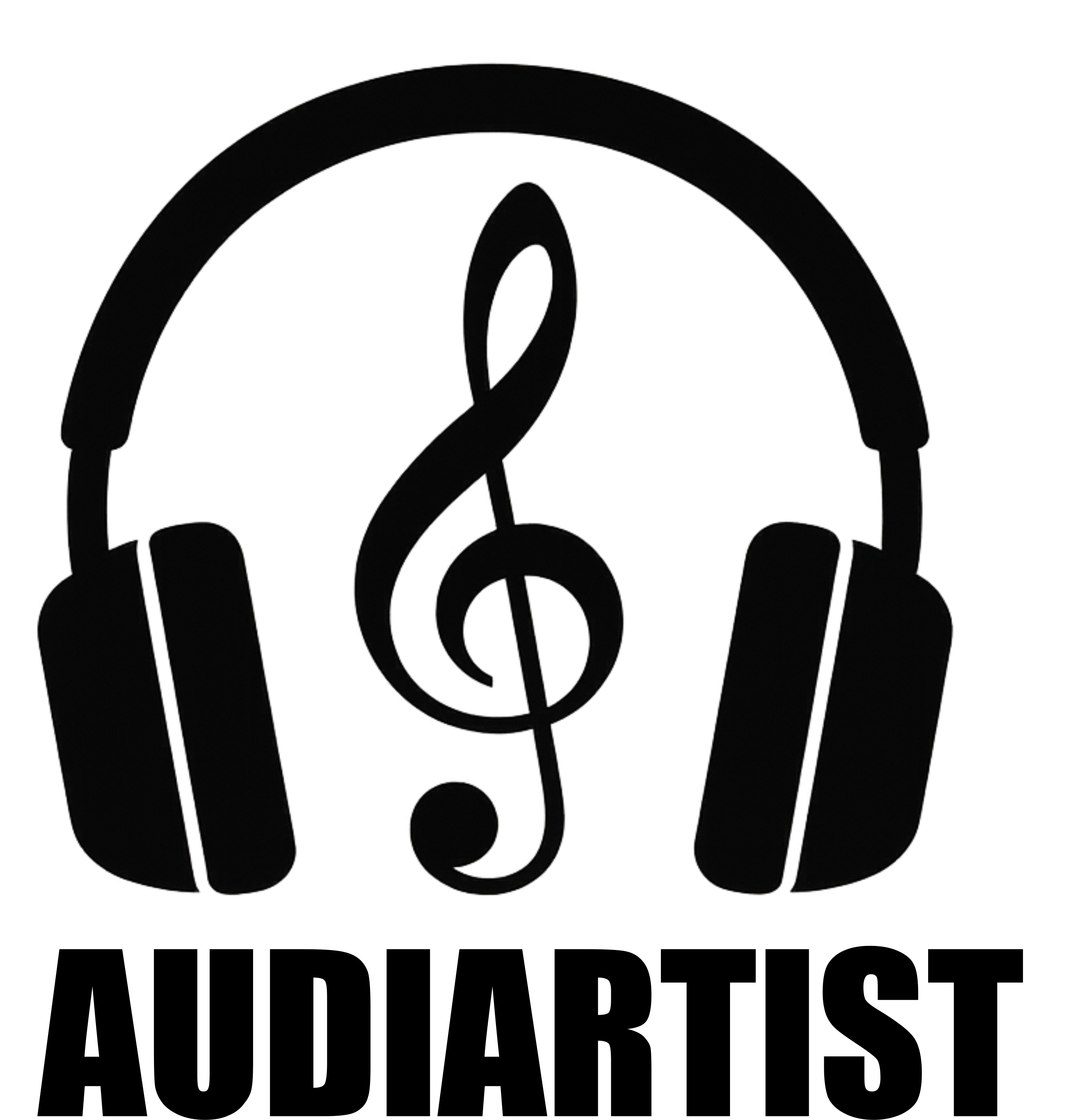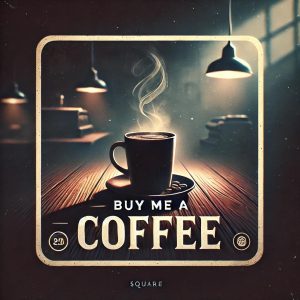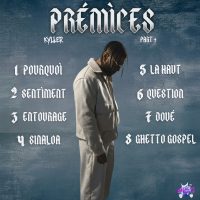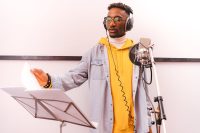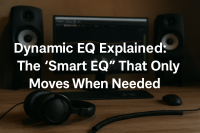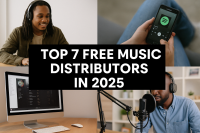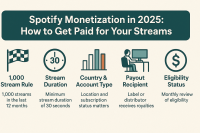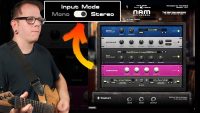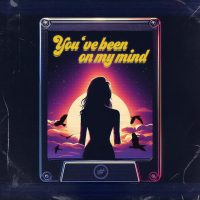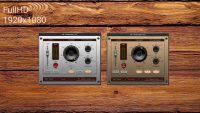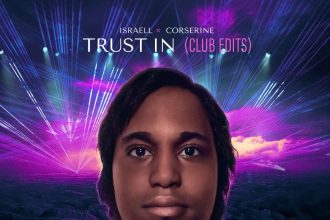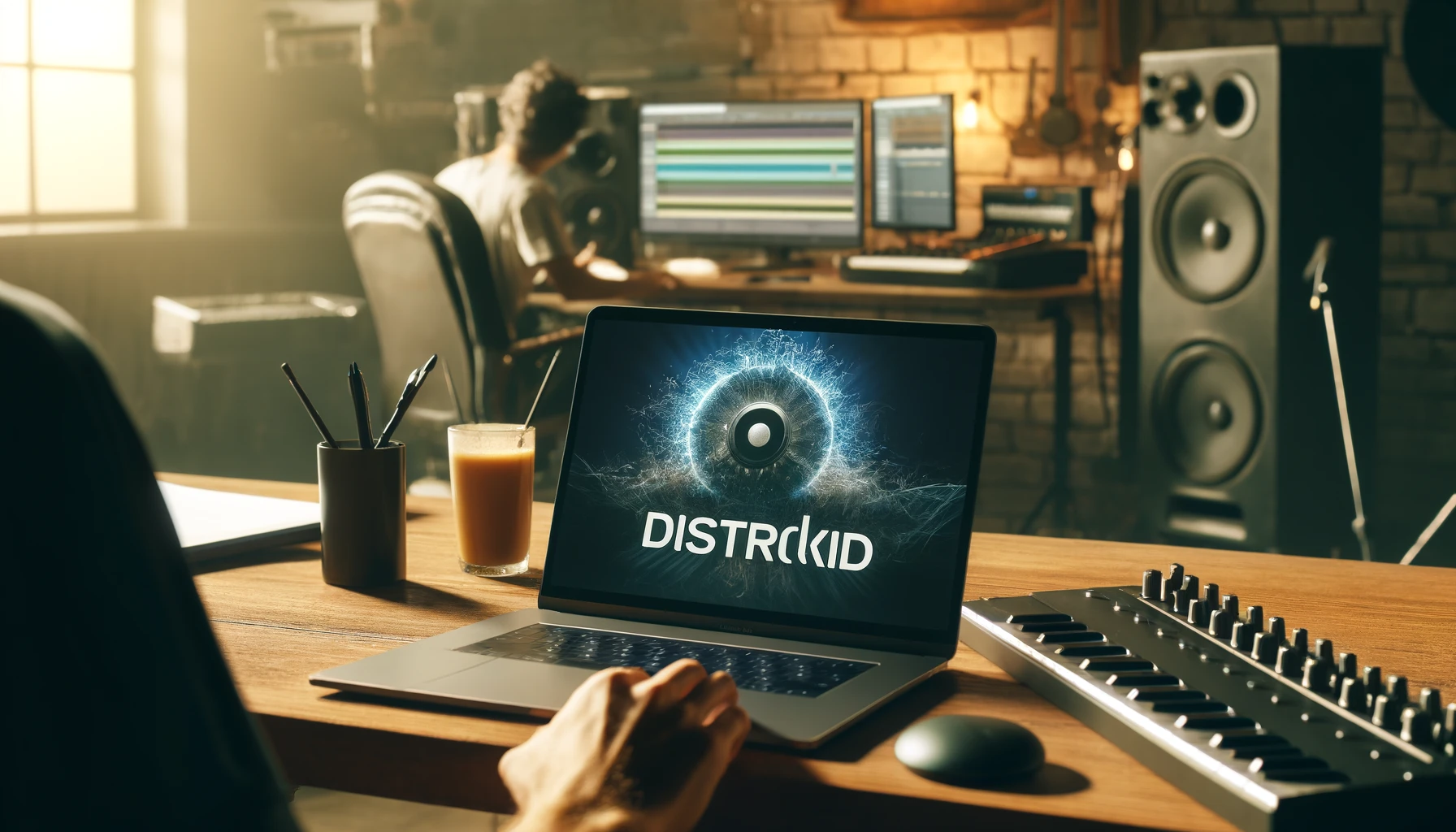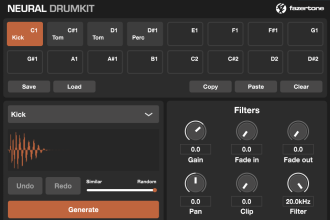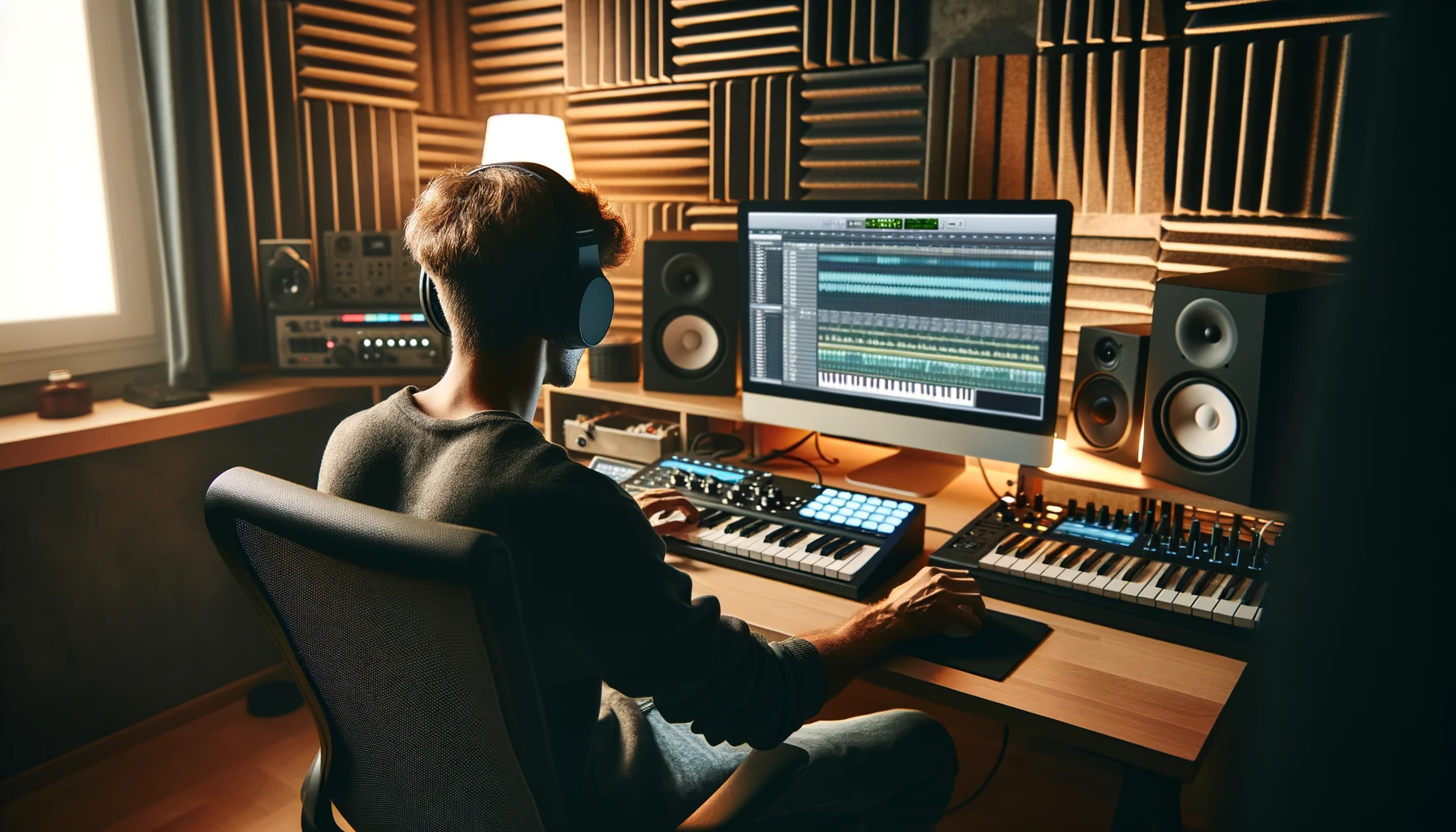In 2025, the global music industry stands at a crossroads. Artificial intelligence — once seen as an existential threat to creativity — is now becoming an ally. What began as a technological disruption has evolved into a powerful collaborative force that challenges traditional structures while opening new artistic and economic frontiers.
From copyright lawsuits to corporate alliances and ethical frameworks, the relationship between music and AI is shifting from confrontation to co-creation.
- 1. Universal Music Group and Udio: From Conflict to Collaboration
- 2. Controlled Platforms: Creativity Meets Responsibility
- 3. From Fear to Partnership: How Labels Are Embracing AI
- 4. Copyright Institutions Are Catching Up
- 5. Risks, Challenges, and the Human Factor
- 6. A New Era of Hybrid Creativity
- Conclusion: Not the End of Music — a Reinvention
- AUDIARTIST
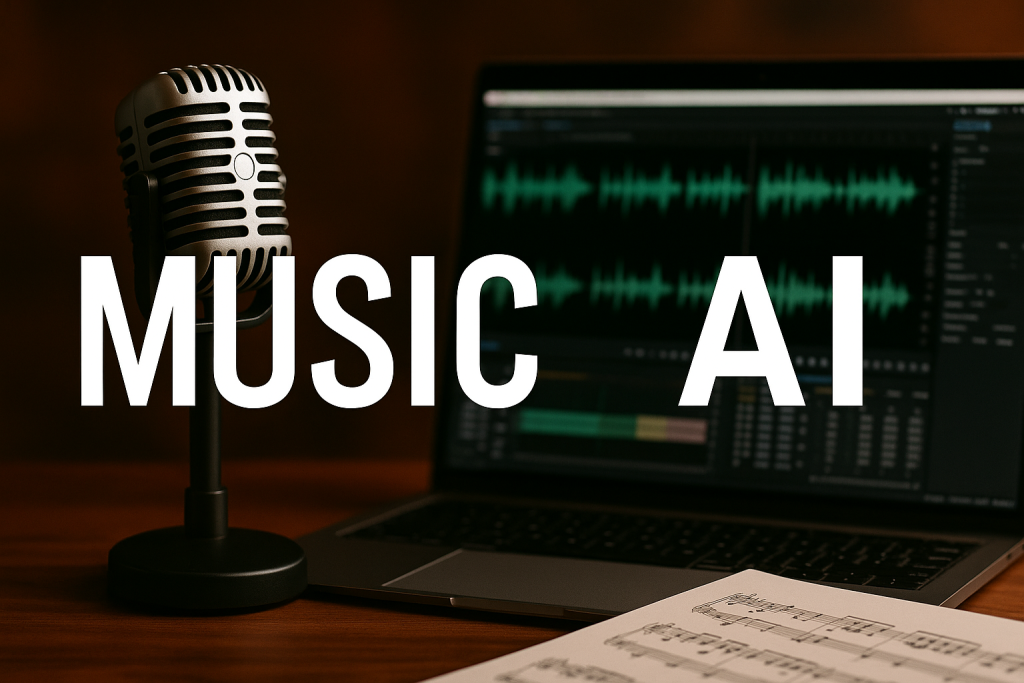
1. Universal Music Group and Udio: From Conflict to Collaboration
The turning point came when Universal Music Group (UMG), the world’s leading record label, settled its copyright dispute with the AI-powered platform Udio.
The controversy erupted after Udio was accused of training its generative models using copyrighted material from UMG’s extensive catalog without authorization.
Instead of escalating the legal battle, both companies reached a historic agreement: Udio would be allowed to use officially licensed music to train its models, while UMG’s artists and songwriters would receive royalties and attribution.
This settlement is more than a truce — it’s a blueprint for the future. It transforms a legal gray area into a structured, legitimate business model where innovation and intellectual property coexist.
By turning conflict into collaboration, UMG and Udio have paved the way for a new generation of AI platforms that respect ownership while fostering creativity.
2. Controlled Platforms: Creativity Meets Responsibility
The upcoming Udio-UMG platform, expected to launch in 2026, will operate under a subscription-based model that allows users to create, personalize, and share AI-assisted music within a protected ecosystem.
According to Reuters and AP News, this initiative marks a move away from the “anything goes” approach that defined early AI music tools.
Instead of uncontrolled downloads and copyright-free cloning, the new model promises traceability, transparency, and fair compensation.
Every generated track will exist within a licensed environment — a major step toward an ethical and sustainable AI music economy.
For listeners, it means a new kind of interactive experience; for creators, it means a future where AI enhances their art rather than erasing it.
3. From Fear to Partnership: How Labels Are Embracing AI
The partnership between UMG and Stability AI further confirms this paradigm shift.
After years of defensive posturing, major labels are now moving toward constructive engagement with AI developers.
Instead of opposing generative tools, they are helping to build them — ensuring that these technologies are developed “artist-first” and “rights-respecting.”
This signals a profound change in the industry’s psychology. The conversation is no longer about whether AI belongs in music, but how to integrate it responsibly.
For professionals across production, sound design, and mastering, this could mean access to intelligent tools that assist with arrangement, sound modeling, or even vocal generation — all without breaching ethical or legal boundaries.
The future studio may not replace the artist with an algorithm but rather equip them with a creative collaborator coded in silicon.
4. Copyright Institutions Are Catching Up
Beyond corporate strategies, copyright institutions are also adapting to the new reality.
In 2025, ASCAP, BMI, and SOCAN — three major rights organizations — updated their registration rules to accept works partially generated by AI.
This recognition represents a pragmatic shift: the industry no longer ignores AI’s role in music production but acknowledges it under transparent authorship standards.
This means that musicians who use AI to assist in composition or production can now officially register and protect their work, as long as the human contribution remains identifiable.
The result is a more inclusive and forward-looking legal framework — one that reflects how modern music is truly made.
5. Risks, Challenges, and the Human Factor
Despite the enthusiasm, the integration of AI into music is not without challenges.
Experts warn of potential market oversaturation, where automated music floods streaming platforms and devalues originality. Others point to ethical concerns about data sourcing — if AI models are trained on existing recordings, who truly owns the output?
There is also the emotional question: can AI-generated music ever carry the same authenticity as human-made art?
While algorithms can mimic harmony, rhythm, and mood, they still lack the intent and imperfection that make music profoundly human.
The solution may not be to separate human and machine creativity but to fuse them intelligently — letting AI handle technical precision while humans provide emotional direction.
6. A New Era of Hybrid Creativity
The convergence of technology and artistry signals the rise of hybrid musicianship.
Producers, composers, and sound engineers are learning to integrate AI tools into their workflows just as they once embraced synthesizers, drum machines, and DAWs.
Artificial intelligence becomes another instrument — one that listens, learns, and adapts.
In this new ecosystem, success will depend less on resisting technology and more on mastering it. Artists who understand how to collaborate with AI will gain an edge in speed, efficiency, and sonic exploration.
The challenge for the industry is to ensure that innovation remains human-led and ethically grounded.
Conclusion: Not the End of Music — a Reinvention
The evolving alliance between the music industry and artificial intelligence represents not a collapse of creativity but a renaissance of possibilities.
By turning lawsuits into partnerships, and skepticism into collaboration, companies like UMG are demonstrating that technology can serve both progress and protection.
The question is no longer whether AI will change music — it already has.
The real challenge is how we choose to use it: as a shortcut to imitation or as a bridge to deeper artistic expression.
The beat of the future will not be written against AI but with it — guided by human emotion, intuition, and soul.
![]()
